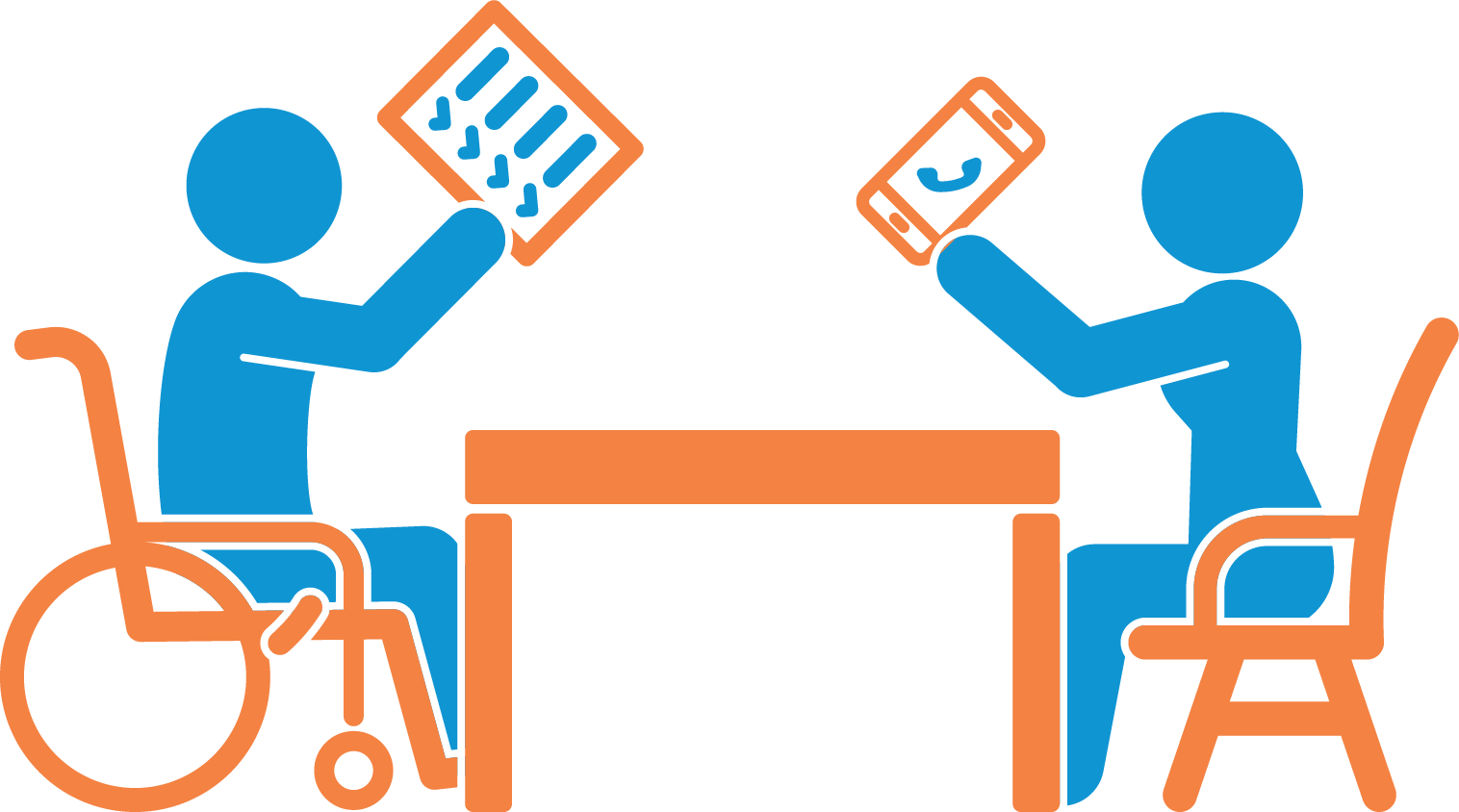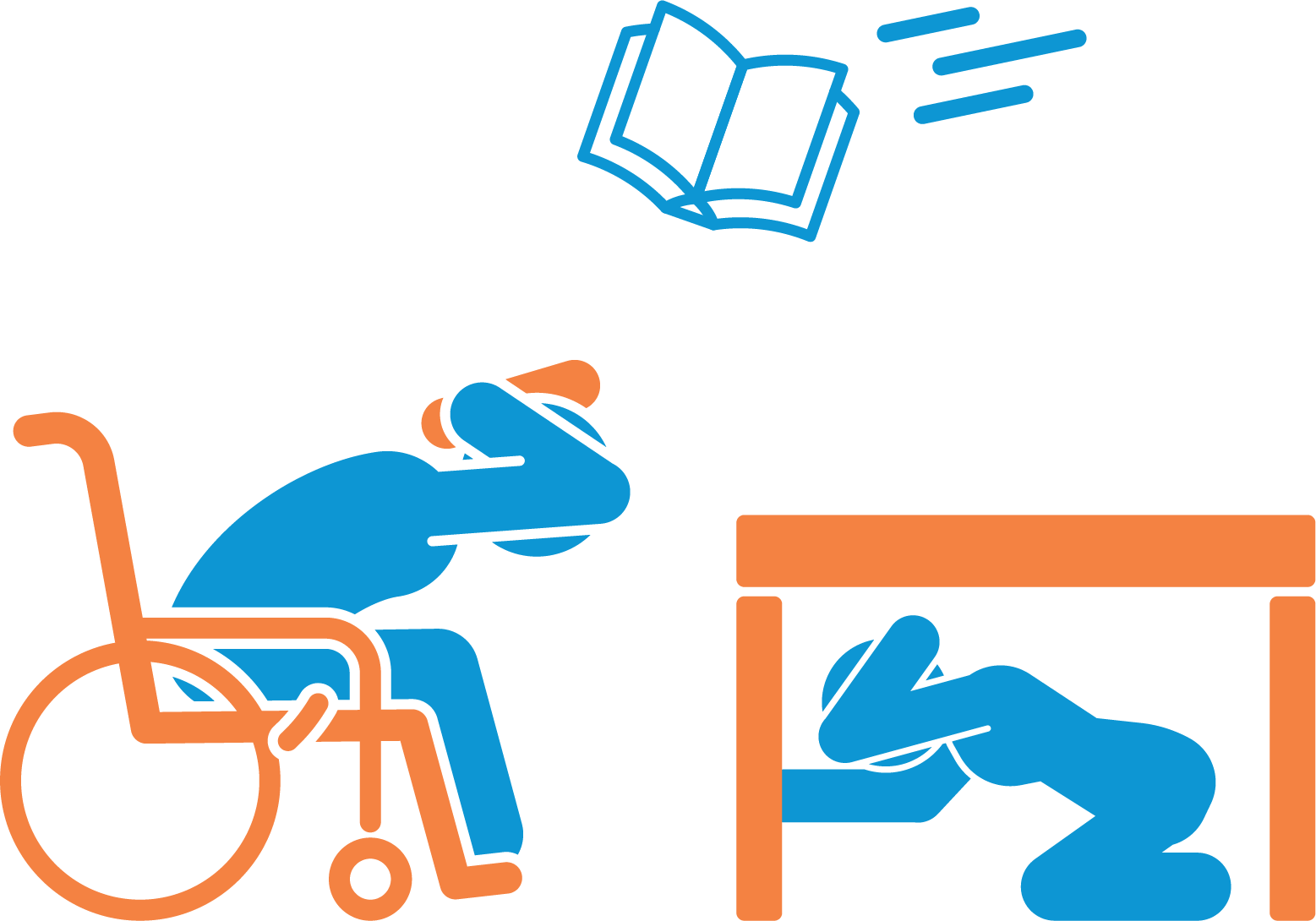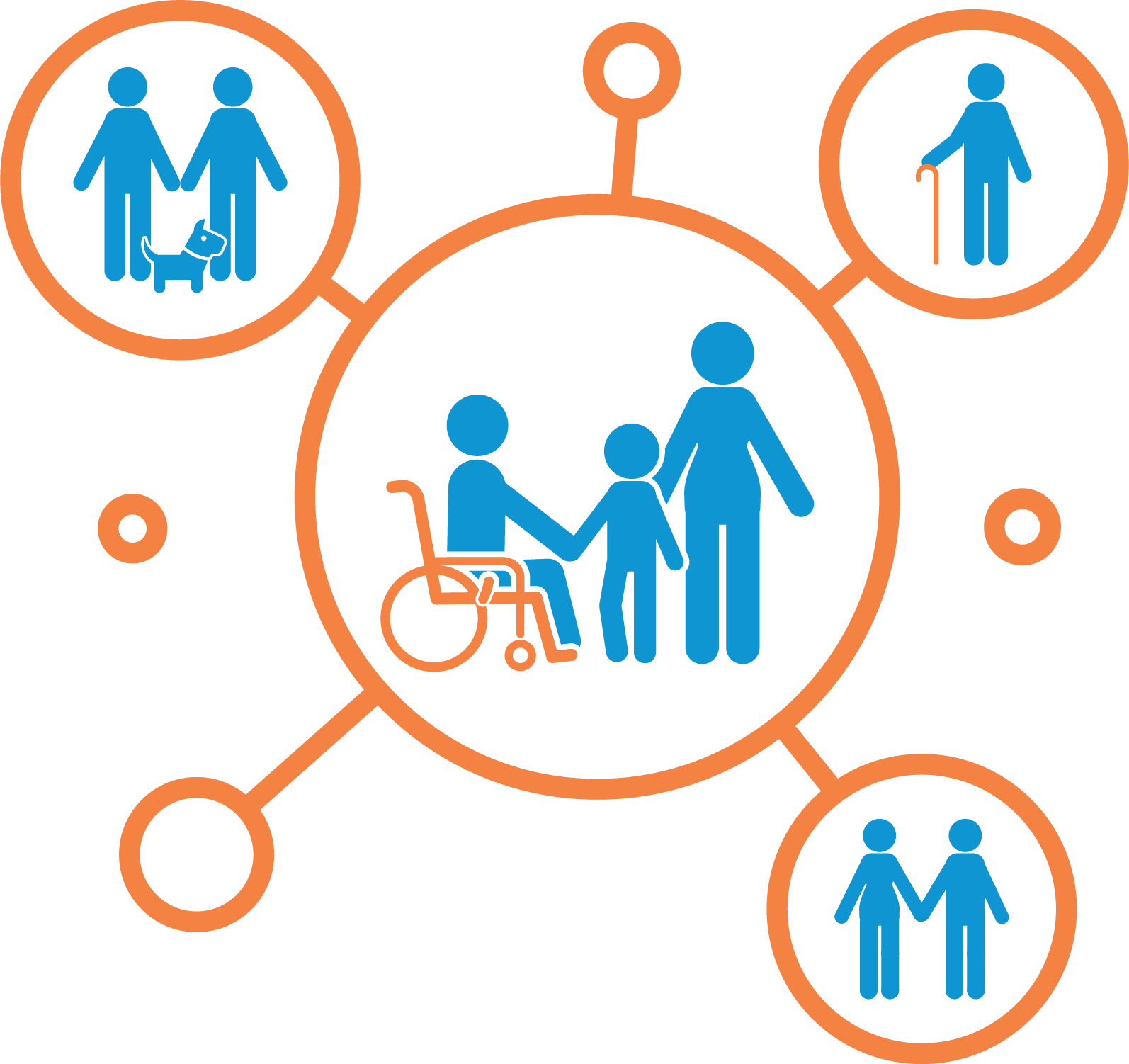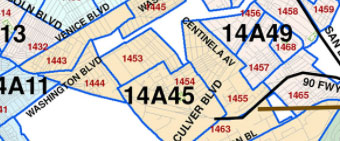Disaster Resiliency
Please visit the VNC Public Health & Safety committee page to read their Resiliency mission statement. You can also access additional emergency alert and preparedness guide resources.
Below is a step by step Earthquake Preparedness Guide. Read through and click the links for detail. Follow these seven steps and you and your family will be better prepared for earthquakes and other disasters. You can also download this and other useful material on the Earthquake Country Alliance web page.
PREPARE
Before the next big earthquake we recommend these four steps that will make you, your family, or your workplace better prepared to survive and recover quickly:
Step 1:
Secure your space by identifying hazards and securing moveable items.
Step 2:
Plan to be safe by creating your emergency plan and deciding how you will communicate.
Step 3:
Organize emergency supplies in convenient locations.
Step 4:
Minimize financial hardship by organizing important documents, strengthening your property, and considering insurance coverage.
SURVIVE & RECOVER
During the next big earthquake, and immediately after, is when your level of preparedness will make a difference in how you and others survive and can respond to emergencies:
Step 5:
Drop, Cover, and Hold On or other recommended actions such as Lock (wheels), Cover, and Hold On – if you feel shaking or get an alert.
Step 6:
Improve safety after earthquakes by evacuating if necessary, helping the injured, and preventing further injuries or damage.
After the immediate threat of the earthquake has passed, your level of preparedness will determine your quality of life in the weeks and months that follow:
Step 7:
Reconnect and Restore daily life by reuniting with others, repairing damage, and rebuilding community.










